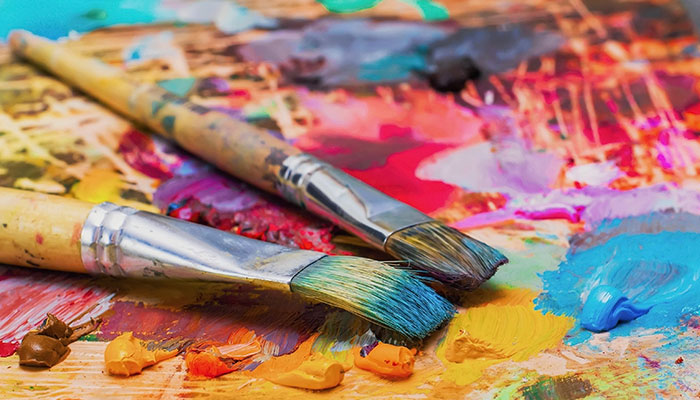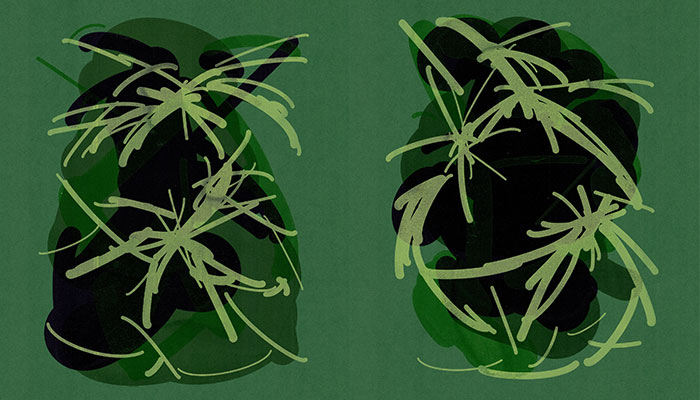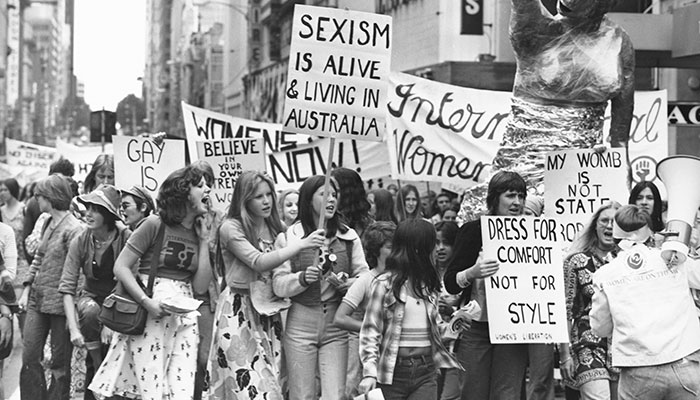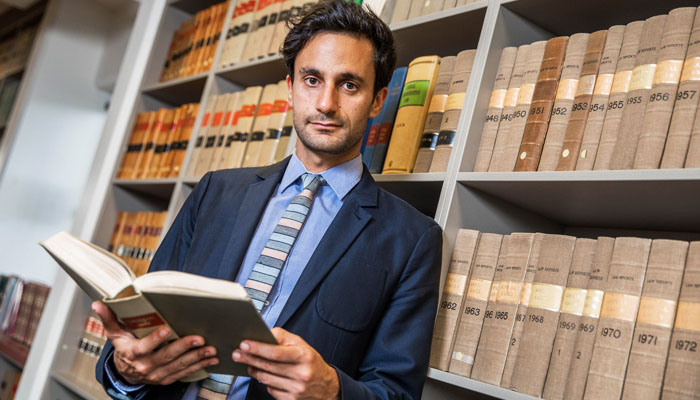Artificial intelligence has long solved complex problems by using human-designed and directed algorithms. It’s the machine intelligence behind technology such as Amazon's Alexa and Apple's Siri; it’s what allows our email to spot spam; and our banks to detect credit card fraud.

Human-free: algorithms can now create original art, music and even novels - but who owns the copyright?
But in the past few years, computer programmers have taken AI capabilities one step further, by creating algorithms that, instead of instructing computers to sort data and solve complex issues, allows them to create original work without any direct human influence over the result or output.
Consider an artwork such as the one touted in Australian company The Cannabis Company’s press release as the first AI-generated cannabis artwork in the world. For this, artist Tom White wrote an algorithm that allowed a computer to create its own visual interpretation of cannabis based on 1000 photos he inputted of the plant. This image was printed onto hemp paper and released as Forest Weed, a limited-edition print.
Other examples include an AI program that in 2016 wrote a short novel that almost won the Nikkei Hoshi Schnichi Literary Award in Japan. In 2018, an artwork created by AI, the Portrait of Edmond Belamy, sold at Christie’s Auction House for almost $620,500. And this year, Warners Music signed the world’s first-ever record deal with an AI algorithm to produce 20 albums.
The chain of creation of an AI artwork makes it difficult to determine where the work originates.
Senior Lecturer at Macquarie Law School Dr Rita Matulionyte, co-author of a research paper published this month on the subject of AI and copyright, says the creation of original, autonomously produced creative works such as these raises the issue of who owns the copyright. And, she says, the law is lagging behind.

Forest Weed: this limited-edition print is said to be the first AI-generated cannabis artwork ever produced. Credit: Image supplied by The Cannabis Company.
The Copyright Act (1968) speaks in broad brushstrokes. It states that the author of an original work owns the copyright to that work. At the time the law was enacted, the purpose of copyright was to act as a financial and intellectual stimulus. “The Act exists to incentivise original authentic effort. The person’s contribution is protected,” says Matulionyte.
Copyright protection of AI works may be impossible
High and Federal Court cases reinforced that copyright can only be awarded to a person who produces a work of ‘independent intellectual effort’, while highlighting the requirement ‘that the work originates with an author or joint authors’.
But, the chain of creation of an AI artwork makes it difficult to determine where the work originates. AI-produced works of art start with a programmer (or more often, a large team of programmers) who has written an algorithm. That person may – or may not – provide some input data. Another person, such as an artist, or group of people, may do this. The output or original work is then generated by AI independently.
If an AI-generated artwork is not protected by copyrigh, anyone can freely make copies of it, distribute it, use it for commercial purposes or sell it to others.
“The originality standard makes it difficult, if not impossible, to award copyright protection to works created by AI,” says Matulionyte.
The implications are vast. “If an AI-generated artwork is not protected by copyright, it belongs to the public domain, and anyone can freely make copies of it, distribute it, use it for commercial purposes or sell it to others.
- Fastest star's incredible escape from the galaxy's black heart
- Can we predict when a volcano will erupt?
And, the overall effect may be to discourage everyone in this chain of creation from developing AI systems, or working with them to create original artworks. “In addition, what happens if the artwork generated by AI violates the law? If it is closely similar to works on which it is based, it may infringe somebody’s copyright. It might be obscene or contain child pornography. Will a programmer be liable for the harm caused? An artist who input the data? Or nobody?,” says Matulionyte.
As the number of AI-generated works is likely to increase, it’s important to clarify their legal status, says Matulionyte. “One option to consider is UK legislation related to so-called ‘computer-generated works’. UK law suggests that computer-generated works are owned by the person by whom the arrangements necessary for the creation of the work are undertaken. This person might be a programmer, an artist, or both, depending on the extent of contribution they made to the creation of the artwork.”
Dr Rita Matulionyte is an international expert in intellectual property and information technology law.



